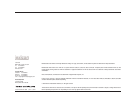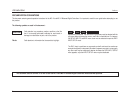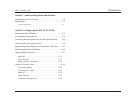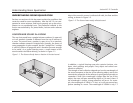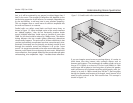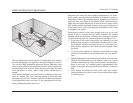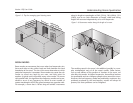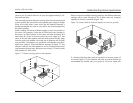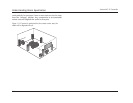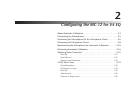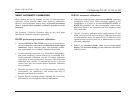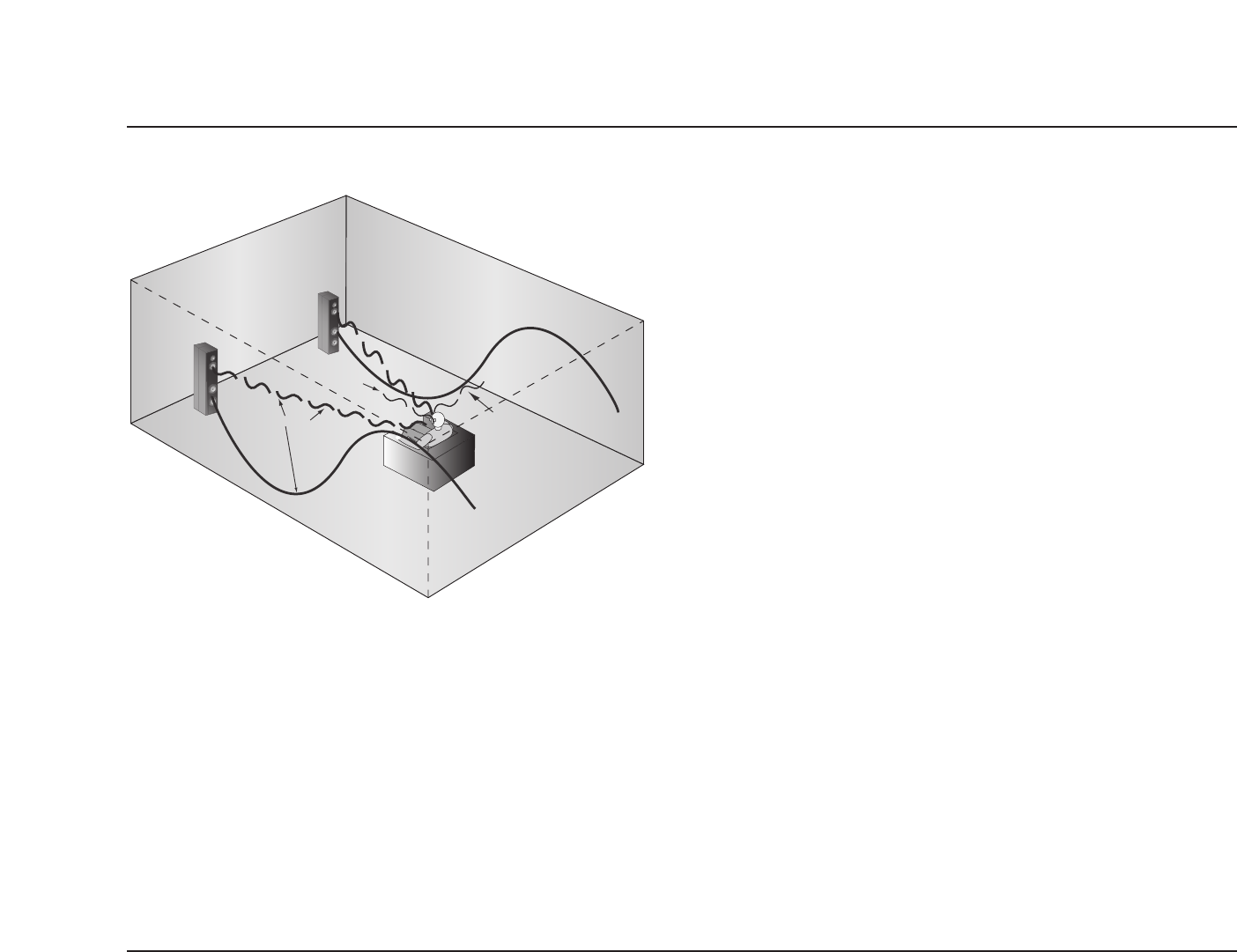
Understanding Room Equalization
1-4
Lexicon MC-12 Controller
The low frequencies tend to behave in predictable ways because
the bass wavelengths are larger than the typical objects in a room.
The mid and high frequencies generally behave differently from
room to room because the foot-by-foot or inch-by-inch details dif-
fer dramatically from room to room. No two rooms have the same
exact placement of chairs, tables, lamp shades, bookshelves or
people.
Good speaker designers know that there are differences from one
room to another and try to develop speaker systems that take
advantage of the room. However, they do not know the specifics
of your particular room; how big it is, the arrangement of the fur-
niture, speaker placement and so on.
Direct waves
Reflected waves
Reflected waves
100Hz
1KHz
Designers can correct for some speaker characteristics. For exam-
ple, a typical cone driver does not radiate all frequencies evenly in
all directions. With a floorstanding speaker, designers know how far
above the floor each driver in the speaker will be. With this knowl-
edge, they can specify details such as how far from a wall or corner
their speaker should be placed. However, they must still design to
some typical room. Your room might be quite different from what
is thought to be typical.
Getting good sound in your room requires that you try to avoid
setting it up in a manner that will create problems the speaker
designer could not anticipate. Following are some tips for arrang-
ing your listening room for optimal enjoyment (see Figure 1-5):
• If the room is still under construction, you should try to avoid
building large enclaves or rectangular cavities such as foyers,
bay windows, stairway entrances, and so on. Such spaces res-
onate specific frequencies and affect the sound quality within
the room.
•Try not to place speakers in cabinets or build them into walls
unless the manufacturer has specified them for such applica-
tions.
• Speakers designed to be freestanding should be used that way;
likewise, those designed to be set against a wall or in a corner
should be used that way. Every close boundary wall provides a
boost in the bass, so a speaker placed inappropriately with
respect to the wall will produce either insufficient or excessive
bass.
• Seats should be positioned away from walls and corners.
Seating positions too close to one or more walls will be subject
to bass increases.




